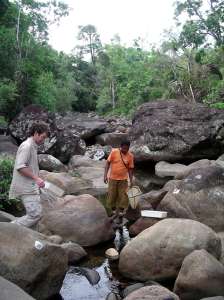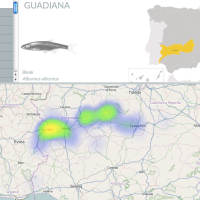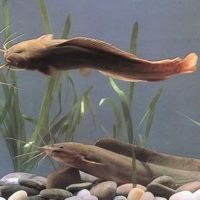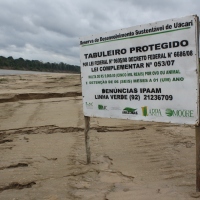Madagascan mayfly hyper-diversity
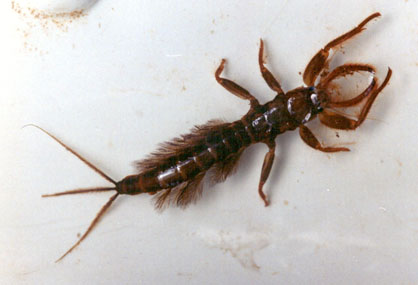
Proboscidoplocia(Image courtesy of the Museum of Zoology, Lausanne http://www.zoologie.vd.ch)
Our final post in this series (no longer just a week…) is by BioFresh partner Dr Michael Monaghan from the IGB in Berlin, highlighting the importance and curiosity of mayfly diversity in Madagascar.
—
Mayfly larvae are well known to freshwater biologists and anglers. The larvae are found in all types of streams, rivers, lakes, and ponds. The adults are famous for their evening swarms and flying behavior that fly-fishing seeks to emulate. Perhaps less well known is that mayflies are ancient. Their fossil record dates back nearly 300 million years and genetic studies have confirmed that they are the oldest flying insects (together with the dragonflies). Their characteristic unfolded wings are also evidence for their ancient origins, as is their sexually immature life history stage that is unique among the insects.
Today there are more than 3000 recorded species of mayflies on Earth. But the real number is higher because several regions remain almost entirely unexplored. This is particularly true in the tropics, where most of the mayfly biodiversity on Earth is concentrated. One example is a study in 2000-2001 of less than 10 x 10 km of rainforest in Borneo that revealed 50 new species!
Much of what we know about mayflies in the tropics comes from research conducted on Madagascar. Madagascar is the fourh largest island on Earth and is often referred to as the eighth continent. Together with the Indian Ocean islands (Seychelles, Comoros and Mascarenes) it constitutes a global biodiversity hotspot. Famous for its lemurs and chameleons, Madagascar also is home to a high biodiversity of mayflies. More than 70 species have been described since the mid-1990s, including many strange ones! The largest mayflies in the world occur on Madagascar (Proboscidoplocia) and I have myself caught individuals 7 cm long. At least three species on Madagascar are predators of other stream insects – a role normally reserved for stoneflies and caddisflies. Perhaps strangest of all, Prosopistoma was first described from Madagascar in 1833. It looks so unusual that it was thought to be a crustacean for nearly 100 years.
Because many species remain unknown to science, a best guess at the moment is that there are at least 200 species of mayfly on Madagascar. To date, only one species is known to occur anywhere else (Cloeon smaeleni is also found in southern Africa and on Reunion). This means more than half the known diversity of Africa occurs on only 1.9% of its land area, and that nearly 7% of the Earth’s total diversity lives on an island the size of France, and that these species occur nowhere else. Unfortunately, this diversity is under threat from human pressures and from a lack of freshwater resource management.

Image 3. Afroneuris (Image courtesy of the Museum of Zoology, Lausanne http://www.zoologie.vd.ch)
I have been fortunate enough to spend nearly 8 months in Madagascar over the past 8 years, working with Malagasy, French, Swiss, South African, and British scientists to better understand the diversity of mayflies throughout the island. More importantly, I have been priveleged to work with and help train 8 Malagasy students in field entomology. It is an island of great contrasts – dry grasslands, tropical rainforests, coastal mangroves, alpine meadows, tsingy, wetlands, and agricultural landscapes. Each of these areas harbors unique species.
Additional reading:
Elouard J-M, Gattolliat J-L, and Sartori M. 2003. Ephemeroptera, Mayflies pp639-644 in The Natural History of Madagascar (eds SM Goodman & JP Benstead). University of Chocago Press.
Barber-James HM, Gattolliat J-L, Sartori M, Hubbard M. 2008. Global diversity of mayflies (Ephemeroptera, Insecta) in freshwater. Hydrobiologia 595:339-350 (10.1007/s10750-007-9028-y)
Monaghan MT, Gattolliat J-L, Sartori M, Elouard J-M, James H, Derleth P, Glaizot O, de Moor FC, Vogler AP. 2005. Trans-oceanic and endemic origins of the small minnow mayflies (Ephemeroptera, Baetidae) of Madagascar, Proc Roy Soc B 272:1829-1836. (10.1098/rspb.2005.3139)
